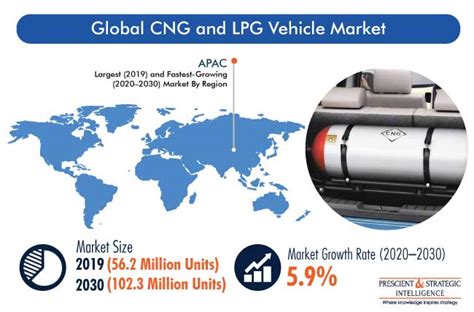Shuttlers, a game-changer in the world of shared commutes, has recently made a bold move that is not only saving their riders money but also contributing to environmental sustainability. Picture this: 20 brand-new compressed natural gas (CNG) powered vehicles added to their fleet in the first quarter of 2025! It’s like taking a step towards a greener and more cost-effective future.
Damilola Olokesusi, the CEO of Shuttlers, proudly shared on LinkedIn that this innovative decision has already resulted in a whopping 29% reduction in rider costs and eliminated around 23.5 metric tons of harmful carbon dioxide emissions. That’s quite an impressive feat for just the beginning of their journey into eco-friendly transportation solutions.
Now, let’s dive deeper into why this shift to CNG is creating such buzz in Nigeria, the largest oil producer in Africa. With fuel prices steadily climbing higher every day, both consumers and businesses are feeling the pinch when it comes to transportation expenses. This drastic change from traditional petrol-powered vehicles to CNG offers a ray of hope amidst these challenging times.
In recent years, there has been a notable surge in interest surrounding CNG as an alternative fuel option due to its dual benefits—it’s not only more affordable but also cleaner than conventional petrol. This positive trend towards embracing CNG is evident not just at Shuttlers but across various mobility startups aiming to strike a balance between profitability and addressing the economic repercussions of escalating transportation costs and overall living expenses.
Olokesusi revealed some fascinating insights about Shuttler’s new CNG fleet—the company successfully completed 1,484 trips during which they catered to 19,292 passengers. These impressive numbers accounted for about 4% of all user trips conducted by them in Q2 alone. The impact they’ve made within such a short span is commendable!
However, one can’t overlook the safety concerns associated with adopting CNG technology for vehicles. The primary worry revolves around potential explosions linked to the cylinders used to store CNG—usually placed underneath or at the back of the vehicle. Despite these valid concerns, Olokesusi assured everyone that customer feedback regarding safety measures has been overwhelmingly positive.
In fact, Shuttlers went above and beyond by equipping their entire fleet with fireproof canisters and automatic extinguishers while ensuring regular inspections are carried out diligently—a strategy that paid off handsomely with them achieving
“100% safe trips”
throughout Q1 2025.
Looking ahead into the future plans of Shuttlers reveals even more exciting prospects as they aim to further diversify their fleet by incorporating additional non-petrol vehicles come Q2. This strategic expansion aligns perfectly with their vision for sustainable growth and innovation within the ever-evolving landscape of modern transportation solutions.
It’s worth noting that Shuttlers isn’t just another run-of-the-mill startup; they have proven themselves by securing substantial funding through a $4 million raise back in 2023—a testament to their promising trajectory within the industry.
As we witness this remarkable transformation unfold within Shuttler’s ecosystem—from cost-effective operations benefiting riders to significant reductions in carbon emissions—it serves as an inspiring example for other players in the mobility sector looking to make a real difference while staying economically viable.
So next time you hop onto one of those sleek green buses operated by Shuttlers, remember you’re not just commuting—you’re part of a larger movement towards greener pastures where innovation meets sustainability head-on.




Leave feedback about this